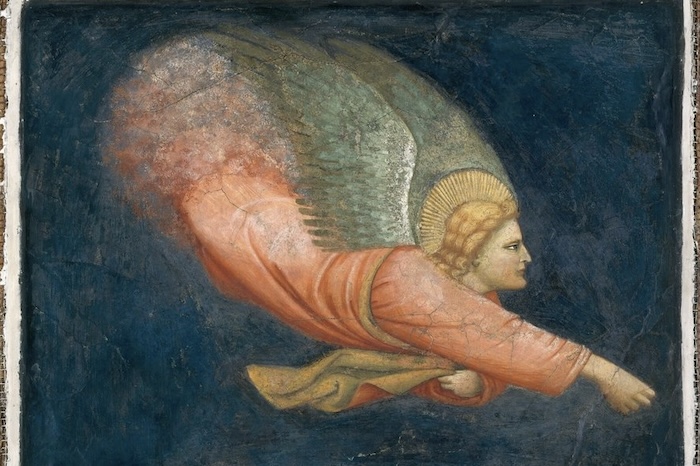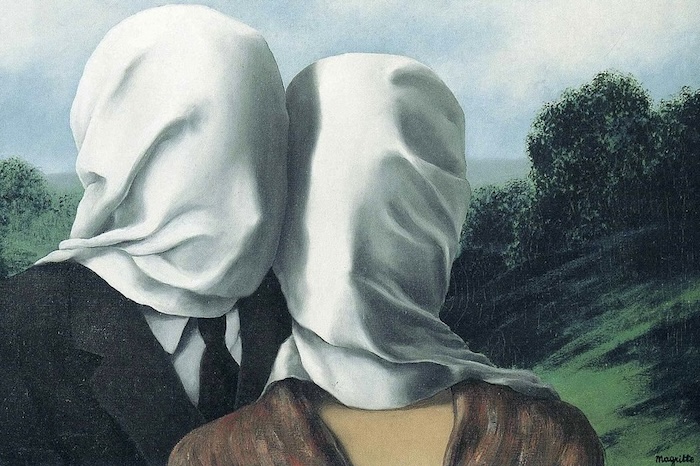
American Warfare: On Richard Beck’s Homeland
In the issue dated September 13, 2001, Newsweek magazine ran a photograph of a firefighter carrying a young girl to safety. “Horror at Home,” the caption read, a simple and stark evocation of the tragedy that had occurred two days earlier, when the Twin Towers were struck by two airplanes. The Towers collapsed entirely, blanketing Lower Manhattan in ash, smoke and dust. First responders from throughout the tri-state area raced to the scene, to assist in any way possible, answering the call when it was needed most. The photograph of the firefighter escorting the girl served as a synecdoche for the collective bravery displayed by all of the firefighters, medics and other rescue workers who showed up in droves on that Tuesday morning. There was one problem, though. The photograph wasn’t taken on 9/11. It wasn’t even taken in New York City. It was taken six years earlier, during the Oklahoma City bombing in 1995. Why the substitution? It’s not as if Newsweek lacked material. The site that would come to be known as Ground Zero was extensively photographed on the day of the attacks, and would continue to be for years afterward. Joel Meyerowitz, an award-winning photographer as well as a born-and-raised New Yorker, published a book called Aftermath in 2006, which collected his extensive coverage of the site. Such images were available, had Newsweek wanted them at the time. But it didn’t. Instead, it ran a six-year-old photograph of an entirely different act of terror because, according to Richard Beck’s Homeland: The War on Terror in American Life, that allowed Newsweek to tell the story it felt it needed to tell. Or not a story — this was deeper than that. Primal. A myth. A myth assuring America that, as in the earliest days of its history, before it was even a country, when danger came to town, a strong man would appear to defend the life, and the honor, of a helpless young girl.







